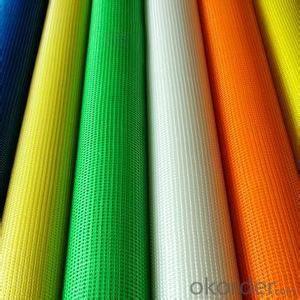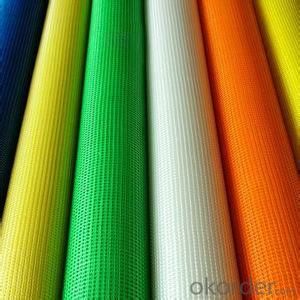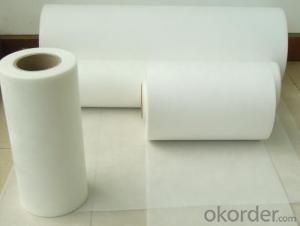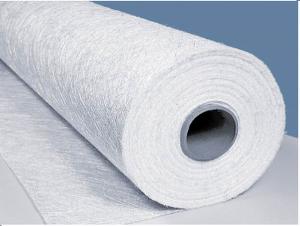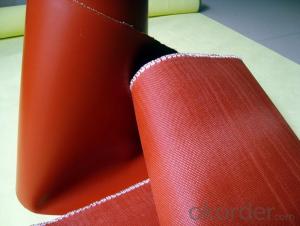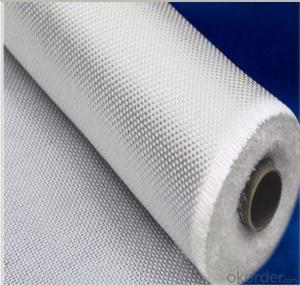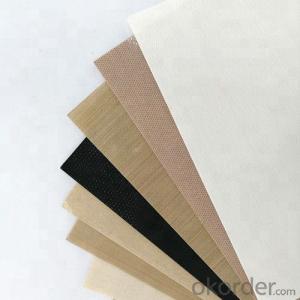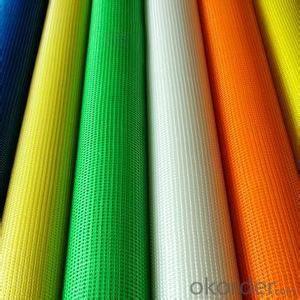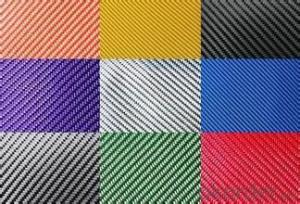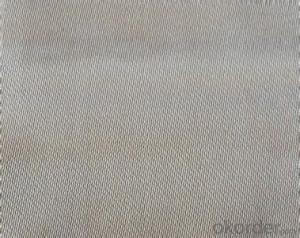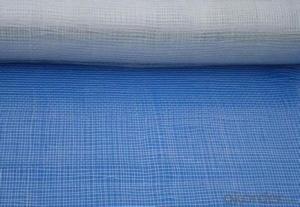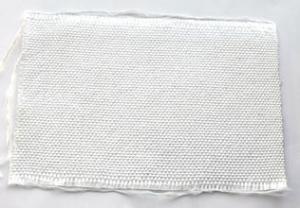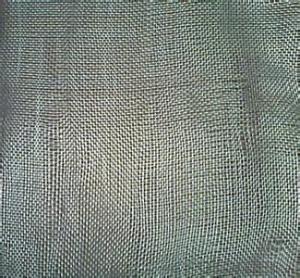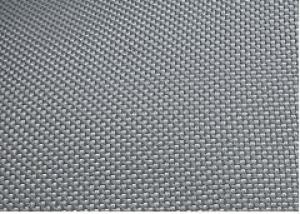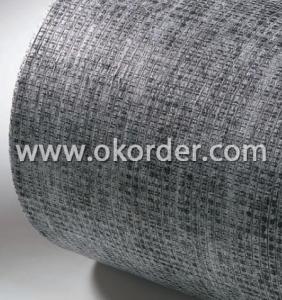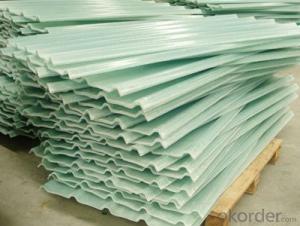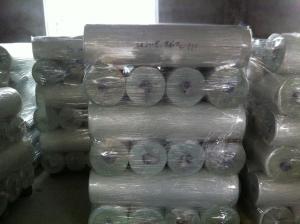Fiberglass Fabrics High Silica Fiber Cloth Silica 2024
- Loading Port:
- China Main Port
- Payment Terms:
- TT OR LC
- Min Order Qty:
- -
- Supply Capability:
- -
OKorder Service Pledge
OKorder Financial Service
You Might Also Like
Quick Details
| Place of Origin: | Brand Name: | Model Number: | |||
| Application: | Weight: | Surface Treatment: | |||
| Width: | Weave Type: | Yarn Type: | |||
| Alkali Content: | Standing Temperature: | Colour: | |||
| Sio2 content: | continuous temperatures: |
Packaging & Delivery
| Packaging Detail: | Carton |
| Delivery Detail: | 10-15days |
Specifications
High silica fiber cloth is a kind of high temperature resistance, inorganic fiber.
High silica fiber Cloth is a special fiberglass fabric which contains more than 96% silicon dioxide.
Excellent heat resistance, it can withstand continuous temperatures of 900 degrees celsius for long periods of time, and instantaneous temperatures of up to 1400 degrees celsius. Ideal material for missile and rocket manufacture in the aerospace industry where high-temperature burning occurs. Other products include yarn and filtration mesh pieces which are treated with a high-temperature heat resistance coating.
High silica fiberglass fabric is ideal for heat preservation material, fire fighting equipment like fire curtains and fireproof garments. Very good in dust collection and filtration equipment where special material is needed to withstand high temperature gas, and in filtering high-temperature liquid metal.
- Q: Can fiberglass fabric be used for making insulation tape?
- Yes, fiberglass fabric can be used for making insulation tape. Fiberglass fabric is known for its excellent thermal insulation properties, as it is made from woven glass fibers that are resistant to high temperatures. These fabric tapes are commonly used in various industries, such as electrical, automotive, and aerospace, for insulating and protecting wires, cables, and pipes from heat and electrical currents. The fiberglass fabric is typically coated with a heat-resistant adhesive, which allows it to adhere to various surfaces and provide a secure insulation barrier. Overall, fiberglass fabric is a suitable choice for making insulation tape due to its thermal resistance, durability, and versatility.
- Q: What are the different colors available for fiberglass fabric rolls?
- Different needs and preferences can be accommodated with a variety of colors available for fiberglass fabric rolls. Commonly found colors include white, black, gray, yellow, green, blue, and red. These colors are achieved through the use of dyes or pigments during manufacturing. The choice of color for a fiberglass fabric roll depends on factors such as the intended application, aesthetic requirements, and visibility needs. For instance, white or light-colored fiberglass fabric rolls are often utilized in applications where visibility or reflectivity is crucial, such as safety clothing or high-visibility signage. Conversely, darker colors like black or gray may be favored for applications where aesthetics or light absorption play a significant role, such as theater backdrops or acoustic panels. Overall, the availability of various colors for fiberglass fabric rolls provides customization and versatility in numerous industries and applications.
- Q: What are the safety precautions when working with fiberglass fabric?
- When working with fiberglass fabric, it is important to take several safety precautions. Firstly, wearing appropriate personal protective equipment (PPE) such as gloves, goggles, and a dust mask is essential to protect the skin, eyes, and respiratory system from potential irritants and fine particles. It is also crucial to work in a well-ventilated area or use a respirator to minimize the inhalation of fiberglass dust or fumes. To further prevent skin irritation or cuts, it is recommended to wear long sleeves, long pants, and closed-toe shoes. Additionally, avoiding contact with exposed skin and promptly washing any areas that come into contact with fiberglass fabric can help prevent irritation. When working with fiberglass fabric, it is important to handle it with care to avoid releasing fibers into the air. Cutting or sanding fiberglass materials should be done using tools with appropriate dust control measures, such as wet cutting or using a dust collection system. Properly disposing of waste material and cleaning up any fiberglass dust or debris is crucial to maintain a safe working environment. Overall, adhering to these safety precautions when working with fiberglass fabric can help minimize the risks associated with exposure to fiberglass particles and ensure a safer working environment.
- Q: Can fiberglass fabric be dyed?
- Yes, fiberglass fabric can be dyed. Fiberglass is a versatile material that can be colored using various dyeing techniques. However, it is important to note that the dyeing process for fiberglass fabric may differ from traditional fabric dyeing methods. Since fiberglass is a synthetic material, it may require specialized dyes or specific dyeing procedures. It is recommended to consult the manufacturer's instructions or seek professional advice to ensure successful and long-lasting results when dyeing fiberglass fabric.
- Q: Can fiberglass fabric be used for insulation in cold storage facilities?
- Yes, fiberglass fabric can be used for insulation in cold storage facilities. It is a commonly used material for insulation due to its thermal resistance, durability, and cost-effectiveness. It helps to maintain a consistent temperature and prevent heat transfer, making it suitable for keeping cold storage facilities insulated and energy-efficient.
- Q: Is fiberglass fabric suitable for use in automotive interiors?
- Yes, fiberglass fabric is suitable for use in automotive interiors. Fiberglass fabric is known for its durability, strength, and resistance to heat and fire. These characteristics make it an excellent choice for automotive interiors, where it can withstand the wear and tear of daily use and provide a high level of protection. Fiberglass fabric is commonly used in automotive interiors for various purposes. It can be used as a reinforcement material for the seats, headliners, door panels, and other interior components. Its high tensile strength ensures that the fabric can withstand the pressure and stress placed on these parts, ensuring their longevity. Additionally, fiberglass fabric is often used as a sound and heat insulator in automotive interiors. Its thermal properties help to reduce heat transfer, keeping the cabin cooler in hot weather. It also helps to dampen sound vibrations, providing a quieter and more comfortable driving experience. Furthermore, fiberglass fabric is resistant to moisture, mold, and mildew, making it ideal for use in automotive interiors that are exposed to varying weather conditions. It is also easy to clean and maintain, which is crucial for maintaining the aesthetics and functionality of the interior components. Overall, fiberglass fabric offers numerous advantages that make it suitable for use in automotive interiors. Its strength, durability, heat resistance, and insulating properties make it a popular choice among manufacturers and designers looking to create high-quality, long-lasting, and comfortable automotive interiors.
- Q: What are the different strengths available in fiberglass fabric?
- Fiberglass fabric is known for its exceptional strength and durability, making it a popular material in various industries. There are different strengths available in fiberglass fabric, which are determined by the type of fibers used and the weaving pattern. One of the strengths of fiberglass fabric is its high tensile strength. Tensile strength refers to the ability of a material to withstand stretching or pulling forces without breaking. Fiberglass fabric with high tensile strength can withstand heavy loads and resist deformation, making it suitable for applications that require structural integrity. Another strength of fiberglass fabric is its excellent resistance to chemical corrosion. Fiberglass is inherently corrosion-resistant, which means it can withstand exposure to various chemicals without deteriorating. This makes fiberglass fabric an ideal choice for applications in industries such as chemical processing, oil and gas, and marine. Furthermore, fiberglass fabric exhibits high heat resistance. It can withstand high temperatures without losing its structural integrity or mechanical properties. This strength makes fiberglass fabric suitable for applications that involve exposure to extreme heat, such as insulation materials, fire-resistant barriers, and protective clothing. Additionally, fiberglass fabric offers good electrical insulation properties. It has a high dielectric strength, which means it can withstand high voltages without conducting electricity. This strength makes fiberglass fabric suitable for use in electrical and electronics industries, such as insulating components and circuit boards. Moreover, fiberglass fabric is known for its lightweight yet strong characteristics. Compared to other materials with similar strength properties, fiberglass fabric is relatively lightweight. This makes it a preferred choice in applications where weight reduction is crucial, such as aerospace and automotive industries. In conclusion, fiberglass fabric comes in various strengths to cater to different industrial needs. Its high tensile strength, resistance to chemical corrosion, heat resistance, electrical insulation properties, and lightweight nature make it a versatile material for a wide range of applications.
- Q: Can fiberglass fabric be dyed or printed on?
- Fiberglass fabric has the capability to undergo dyeing or printing. To achieve this, specialized dyes or inks are utilized, which are specifically designed to bond with the fabric's fibers. This bonding allows for the application of vibrant colors and patterns onto the fabric. It is crucial to consider that the dye or ink chosen must be suitable for fiberglass and capable of enduring the fabric's specific conditions or applications, including exposure to chemicals or high temperatures. Moreover, employing particular techniques or equipment may be necessary to ensure proper adhesion between the dye or ink and the fiberglass fabric. Therefore, seeking advice from professionals experienced in dyeing or printing on fiberglass fabric is highly recommended to obtain optimal results.
- Q: Can fiberglass fabric be used for tents and awnings?
- Yes, fiberglass fabric can indeed be used for tents and awnings. Fiberglass fabric is a popular choice for outdoor applications due to its durability, strength, and resistance to harsh weather conditions. It is lightweight yet sturdy, making it an ideal material for tents and awnings. Additionally, fiberglass fabric is fire-resistant and provides excellent UV protection, ensuring a safe and comfortable outdoor experience. It also offers good insulation properties, helping to maintain a comfortable temperature inside the tent or under the awning. Overall, fiberglass fabric is a reliable and versatile option for tents and awnings, providing both protection and durability in various outdoor settings.
- Q: How does fiberglass fabric perform in cryogenic temperatures?
- Due to its inherent properties, fiberglass fabric is able to perform exceptionally well in cryogenic temperatures. Cryogenic temperatures, which are defined as extremely low temperatures below -150°C (-238°F), are commonly encountered in applications such as aerospace, medical, and scientific research. One of the main reasons for the effectiveness of fiberglass fabric in cryogenic temperatures is its remarkable thermal insulation properties. This allows the fabric to effectively endure and safeguard against extreme fluctuations in temperature. Consequently, the structural integrity and performance of the fiberglass fabric remain intact even when subjected to cryogenic conditions. Moreover, fiberglass fabric exhibits a low level of thermal conductivity, meaning that it does not readily transfer heat. This characteristic is of utmost importance in cryogenic applications as it helps to minimize the transfer of heat between the extremely cold environment and the surrounding components. In addition to its exceptional thermal properties, fiberglass fabric also possesses high tensile strength, durability, and resistance to chemical corrosion. These qualities make it well-suited for use in cryogenic environments, where materials must endure extreme conditions and maintain their mechanical properties over an extended period of time. To summarize, fiberglass fabric offers dependable performance and protection in cryogenic temperatures, thus making it a favored choice in various industries that require materials capable of withstanding such harsh conditions.
Send your message to us
Fiberglass Fabrics High Silica Fiber Cloth Silica 2024
- Loading Port:
- China Main Port
- Payment Terms:
- TT OR LC
- Min Order Qty:
- -
- Supply Capability:
- -
OKorder Service Pledge
OKorder Financial Service
Similar products
Hot products
Hot Searches
Related keywords
